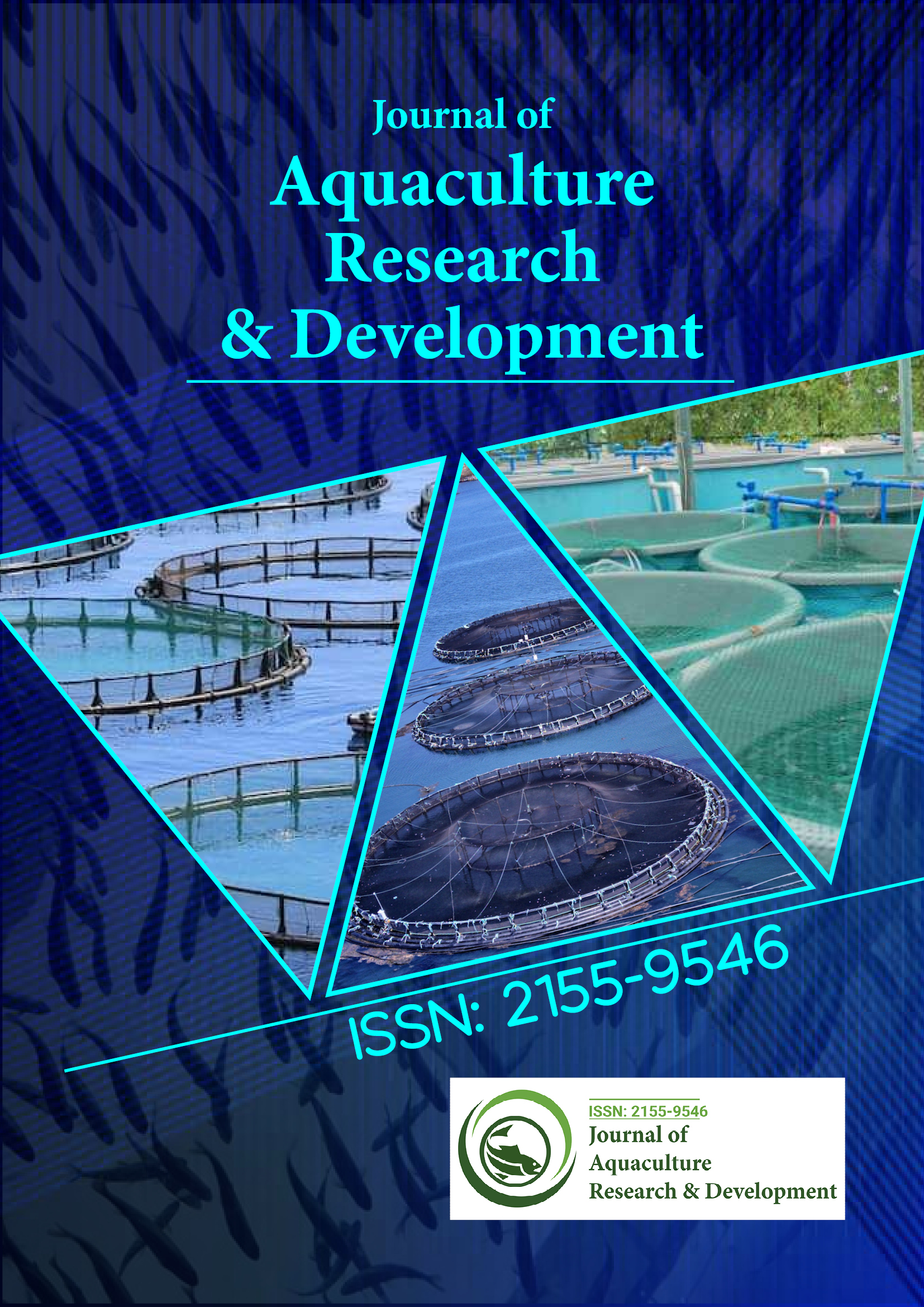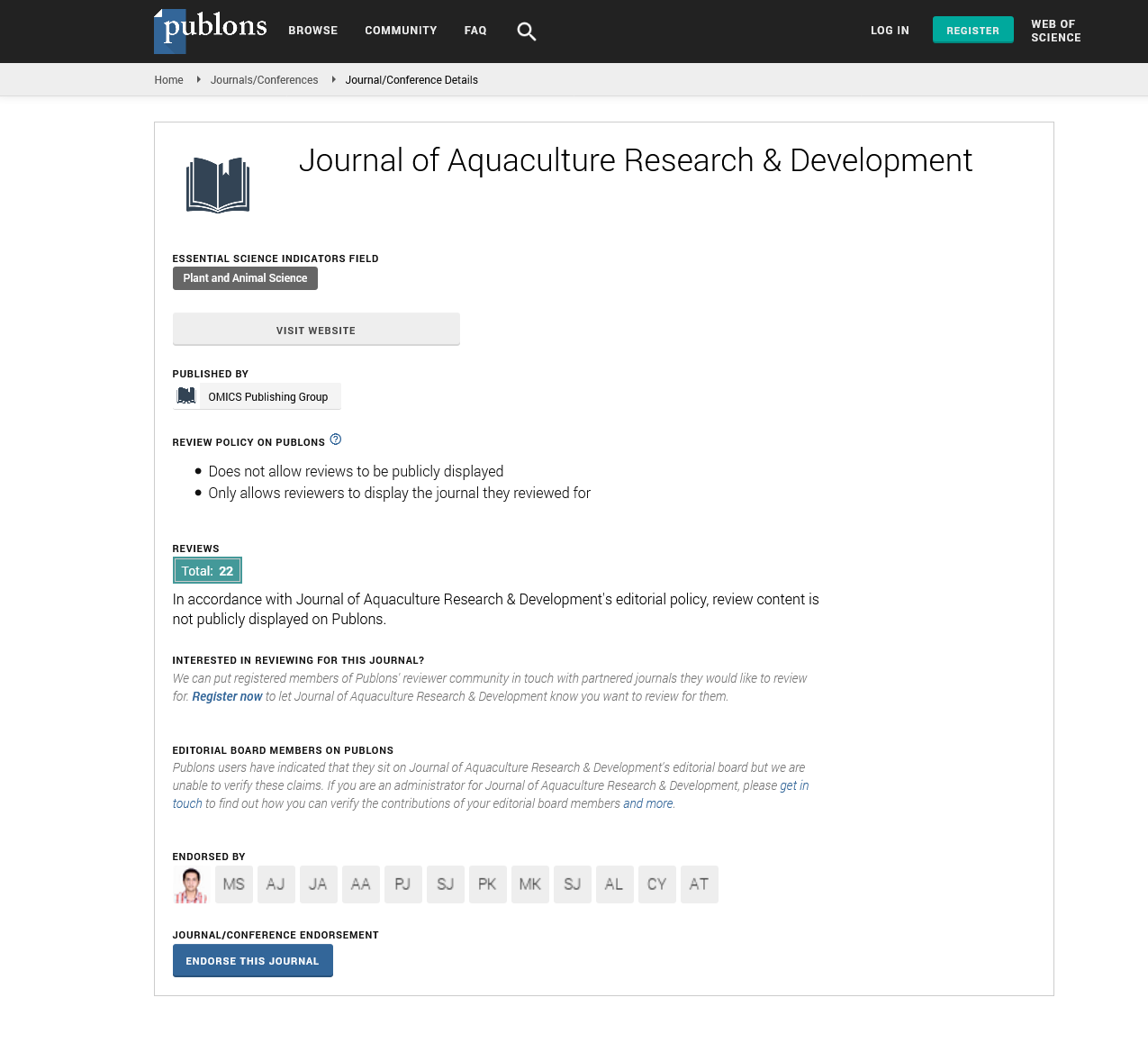Indexed In
- Online Access to Research in the Environment (OARE)
- Open J Gate
- Genamics JournalSeek
- JournalTOCs
- Scimago
- Ulrich's Periodicals Directory
- Access to Global Online Research in Agriculture (AGORA)
- Electronic Journals Library
- Centre for Agriculture and Biosciences International (CABI)
- RefSeek
- Directory of Research Journal Indexing (DRJI)
- Hamdard University
- EBSCO A-Z
- OCLC- WorldCat
- Scholarsteer
- SWB online catalog
- Virtual Library of Biology (vifabio)
- Publons
- MIAR
- University Grants Commission
- Euro Pub
- Google Scholar
Useful Links
Share This Page
Journal Flyer

Open Access Journals
- Agri and Aquaculture
- Biochemistry
- Bioinformatics & Systems Biology
- Business & Management
- Chemistry
- Clinical Sciences
- Engineering
- Food & Nutrition
- General Science
- Genetics & Molecular Biology
- Immunology & Microbiology
- Medical Sciences
- Neuroscience & Psychology
- Nursing & Health Care
- Pharmaceutical Sciences
Opinion Article - (2024) Volume 15, Issue 11
Impact of Economic and Social Aspects of Farm Transformation in Aquaculture
Nguyen Hanes*Received: 28-Oct-2024, Manuscript No. JARD-24-27644; Editor assigned: 30-Oct-2024, Pre QC No. JARD-24-27644 (PQ); Reviewed: 06-Nov-2024, QC No. JARD-24-27644; Revised: 13-Nov-2024, Manuscript No. JARD-24-27644 (R); Published: 27-Nov-2024, DOI: 10.35248/2155-9546.24.15.932
Description
Aquaculture has evolved significantly over the years, addressing the growing demand for seafood and aquatic products. The transformation of the farm segment within aquaculture is a testament to the industry's ability to innovate and adapt. This evolution is not only meeting consumer needs but also shaping sustainable practices and advancing technology.
The farm segment has moved beyond traditional methods, adopting scientific approaches to enhance productivity and environmental sustainability. Earlier, aquaculture was characterized by rudimentary practices focusing solely on immediate output. However, the modern-day sector prioritizes efficiency, resource conservation and ecological balance. Aquaculture farms today incorporate advanced techniques such as recirculating aquaculture systems and integrated multi-trophic aquaculture, which optimize water usage and reduce waste output.
The introduction of precision farming tools has also revolutionized this sector. Sensors, automated feeders and monitoring systems allow farmers to oversee and manage water quality, feed distribution and stock health. These innovations have contributed to higher survival rates and better growth metrics for farmed species.
Technology is reshaping aquaculture, enabling farmers to overcome challenges and expand their operations sustainably. One such advancement is the use of artificial intelligence and machine learning. These technologies facilitate predictive analytics, which helps in anticipating diseases and optimizing breeding cycles. By adopting AI, aquaculture farms achieve better resource allocation and operational efficiency.
Moreover, the implementation of Internet of Things (IoT) devices has brought real-time data monitoring to aquaculture. From pH levels to oxygen content, these tools provide actionable insights that support decision-making processes. Block chain technology, on the other hand, is being utilized for traceability, ensuring transparency from farm to fork. This addresses consumer concerns regarding the origin and quality of aquatic products.
The environmental implications of aquaculture have always been a topic of discussion. To address these concerns, the farm segment has embraced sustainable practices that minimize ecological disturbances. One significant measure is the cultivation of aquatic plants alongside fish. This symbiotic approach not only absorbs excess nutrients but also contributes to a healthier environment.
Efforts to replace fishmeal with plant-based and insect-based alternatives have gained traction. Such measures reduce dependency on wild fish stocks, promoting biodiversity conservation. Additionally, farms are experimenting with biofloc technology, where beneficial bacteria convert waste into usable nutrients, reducing pollution levels in farming systems.
Productivity enhancements are critical to meeting the growing demand for seafood. Innovations in breeding and genetics have enabled farmers to produce disease-resistant and fast-growing species. Selective breeding techniques have been instrumental in improving yields without compromising quality.
Furthermore, nutritional research has led to the development of superior feed formulations. These feeds cater to the specific needs of farmed species, ensuring optimal growth and health. The farm segment has also embraced aquaponics, a method combining aquaculture and hydroponics to cultivate fish and plants together. This approach maximizes resource utilization, contributing to higher outputs within limited spaces.
Despite the advancements, several challenges continue to test the resilience of aquaculture farms. Disease outbreaks remain one of the primary concerns, often leading to significant economic losses. The absence of robust disease management protocols in certain regions exacerbates this issue. However, ongoing research in vaccines and probiotics offers solutions to mitigate these risks.
Another pressing challenge is water scarcity. Sustainable water management practices are necessary to address this issue, ensuring aquaculture's viability in water-stressed regions. The rising costs of inputs, such as feed and equipment, also pose financial burdens for small-scale farmers. Collaborative efforts among stakeholders, including governments and private entities, are essential to provide financial and technical support to struggling farmers.
The transformation of the farm segment has implications beyond aquaculture. Economically, it contributes to rural development by generating employment and boosting local economies. The introduction of advanced farming techniques has created opportunities for skilled labor, further empowering communities.
Socially, aquaculture is playing a role in addressing food security issues. By providing a reliable source of protein, it reduces dependency on wild fish stocks, ensuring the availability of seafood for future generations. The accessibility of aquaculture products has also contributed to improving nutritional standards in many regions.
Collaboration among stakeholders is instrumental in advancing the farm segment. Governments, research institutions and private players must work together to promote innovation and sustainable practices. Policies supporting the adoption of advanced technologies and sustainable methods are vital for driving growth in this sector.
Citation: Hanes N (2024). Impact of Economic and Social Aspects of Farm Transformation in Aquaculture. J Aquac Res Dev. 15:932.
Copyright: © 2024 Hanes N. This is an open-access article distributed under the terms of the Creative Commons Attribution License, which permits unrestricted use, distribution, and reproduction in any medium, provided the original author and source are credited.

